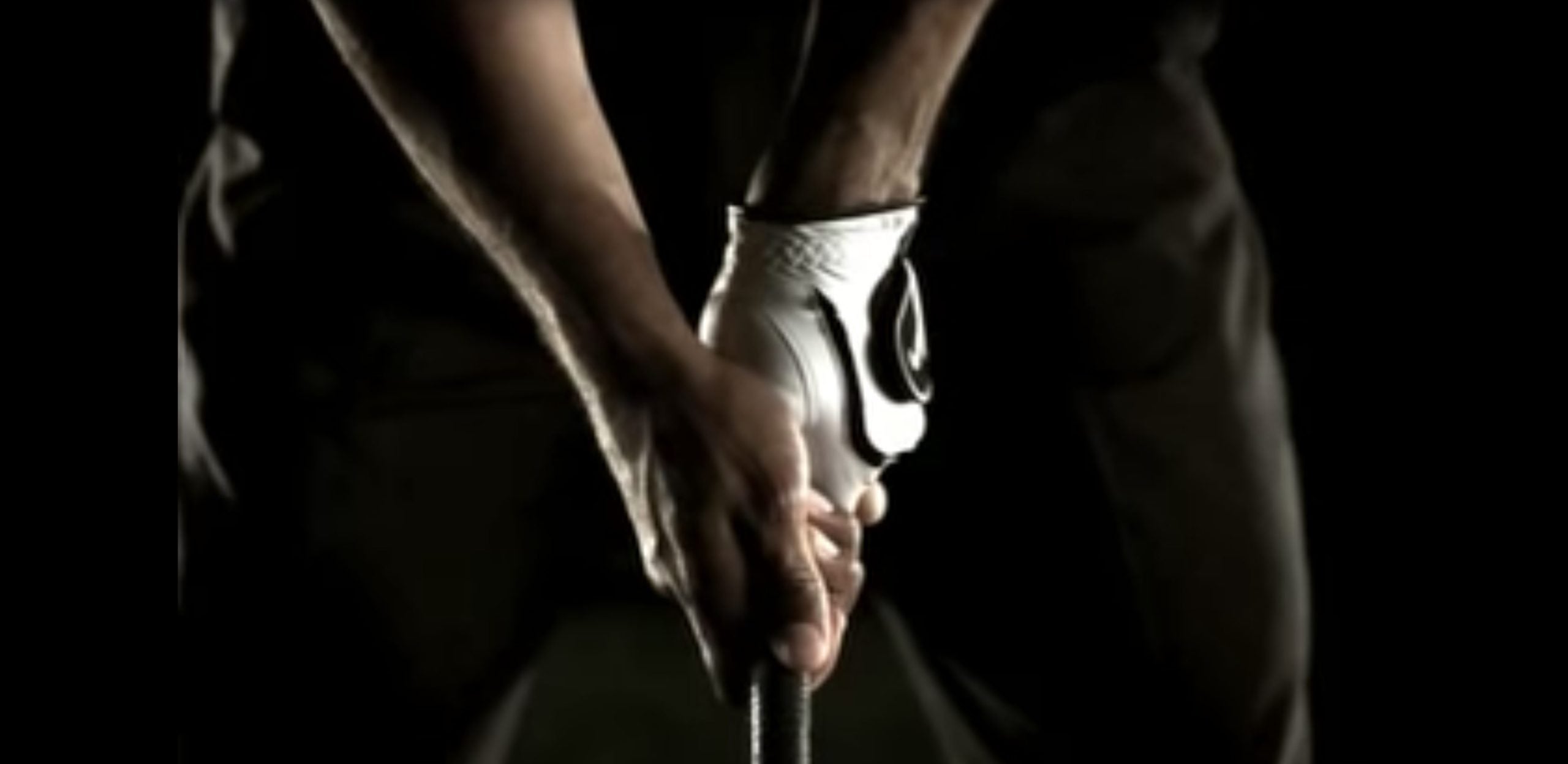 Jon Rahm talks Brooks Koepka-LIV Golf split: ‘I had an idea’
Jon Rahm talks Brooks Koepka-LIV Golf split: ‘I had an idea’
Here’s how Tiger Woods’ grip has changed through the years
Golf fans are undoubtedly familiar with Tiger Woods’ various swing changes he has undergone through the years. But a slightly more underrated aspect of all those changes has been the tweaks Tiger has made to his grip. It’s been a subtle yet ongoing evolution, with each change informing the next one.
The Early Years

Woods burst onto the scene with a strong grip, which he employed as a junior golfer through his win at the 1997 Masters. You can see the left wrist is more cocked in the picture above. That’s because his left hand is in a stronger position more on the side of the grip. His right hand is basically neutral — maybe on the slightly strong-side of neutral. Combined, those two forces push the shaft toward the target.
This grip resulted in a swing in which the club was across the line at the top of the backswing with a closed clubface. It was an immensely powerful move, but one Tiger himself said he struggled to repeat, leading to his first major swing change.
The Butch Years

The defining swing change of Tiger’s career came under legendary coach Butch Harmon. An indispensable part of that process was a slight tweak to Tiger’s grip. As Tiger and Butch told Golf Channel at the time, Butch weakened Tiger’s left hand grip, bringing it back to neutral from a previously strong position where he could see close to three knuckles on his right hand.
There’s no such thing as a perfect grip for everyone, but the position of Tiger’s hands in 2000 was basically as textbook neutral as it gets.
The Haney Years

ADVERTISEMENT
When Tiger began working with Hank Haney in 2004, hitting a controlled fade became his priority. His swing got more laid-off and he altered his release through the ball, but before any of that, he weakened his left hand grip even more. Going from a strong to neutral position under Harmon, his left hand was now on the slightly weaker side of the spectrum.
The Foley Years

Tiger and Foley joined forces in 2010, and Tiger pursued a new move that prioritized staying centered for longer over the ball on the backswing, and creating more shaft lean at impact. To do that, the pair strengthened Tiger’s left hand once again, moving it back into a slightly-strong position. His right hand looked a touch stronger, too.
Present Day

Today, Tiger has seemed to settle on a very neutral grip that works for him. Both hands look ever-so-slightly weaker than in previous years. Tiger is now his own swing coach, and he’s used all those years of experience to find a balance that works for him, his swing, and his body.
ADVERTISEMENT





